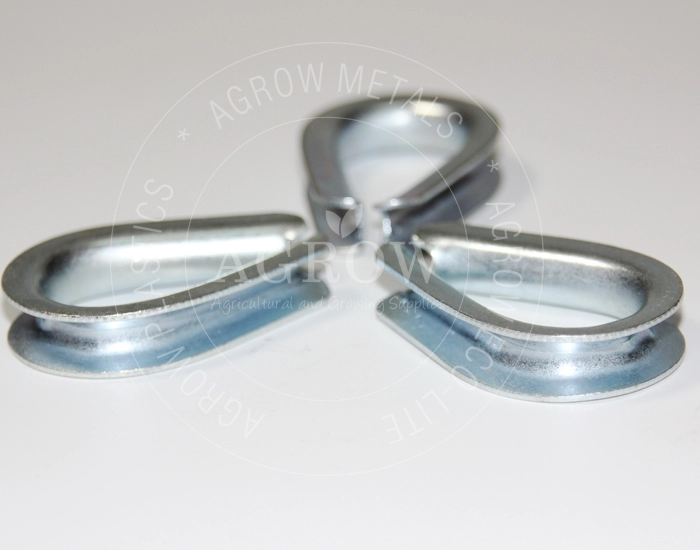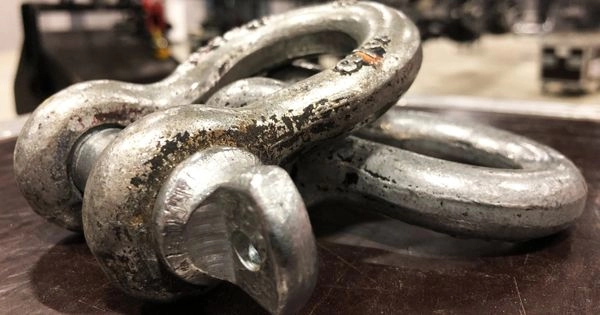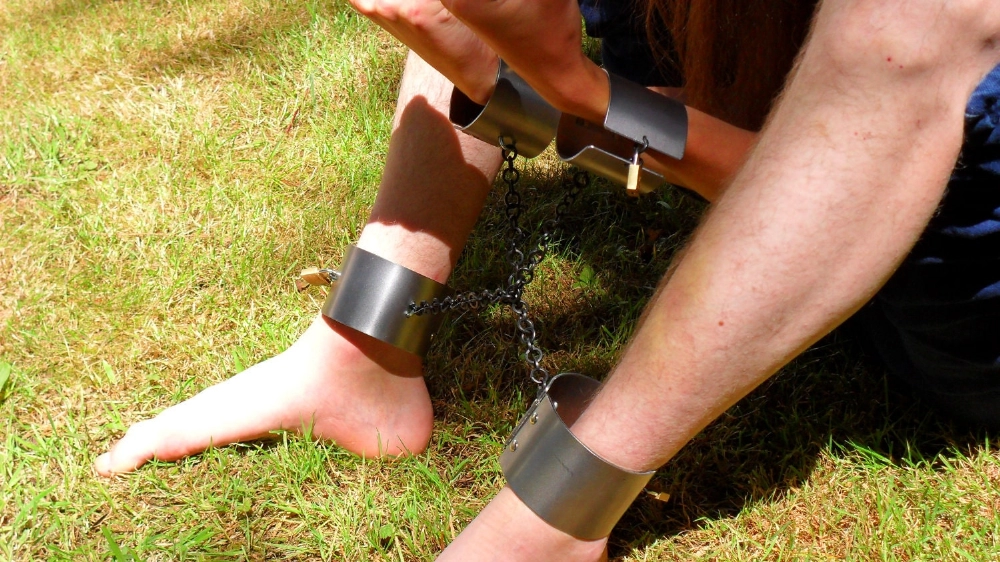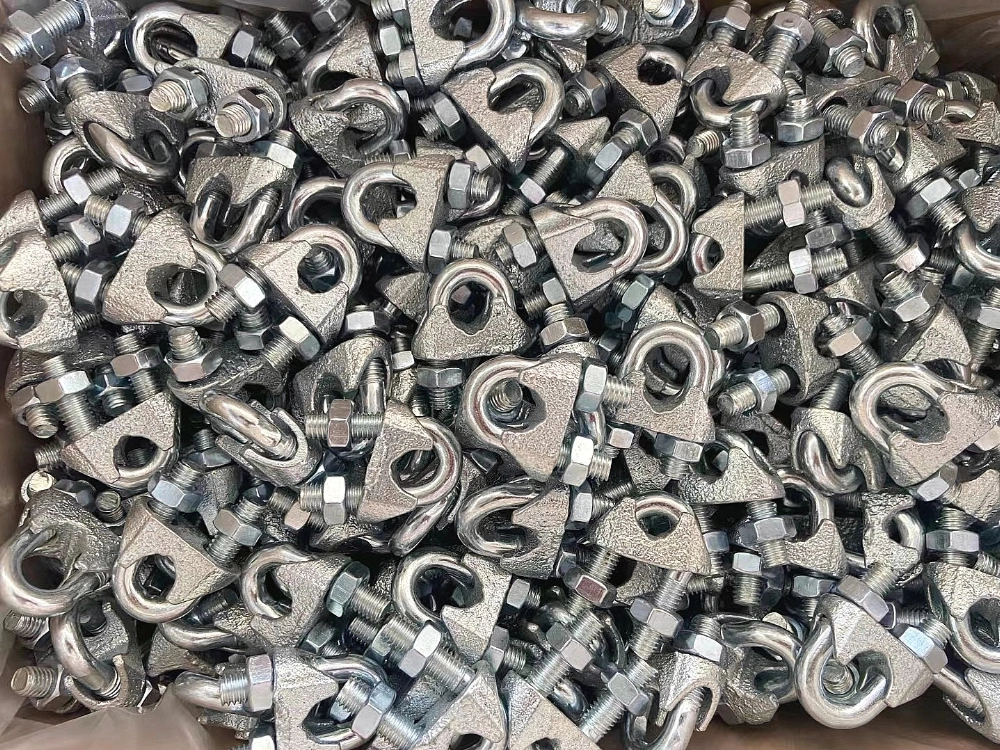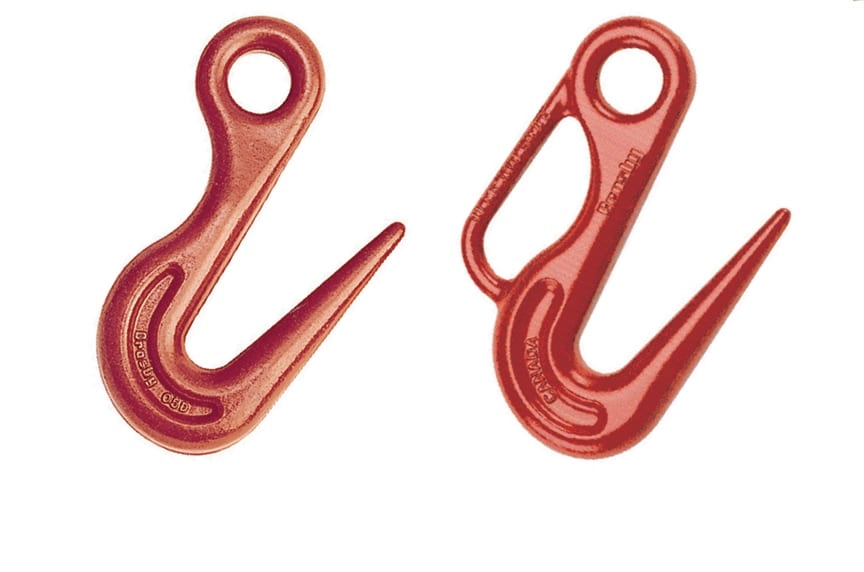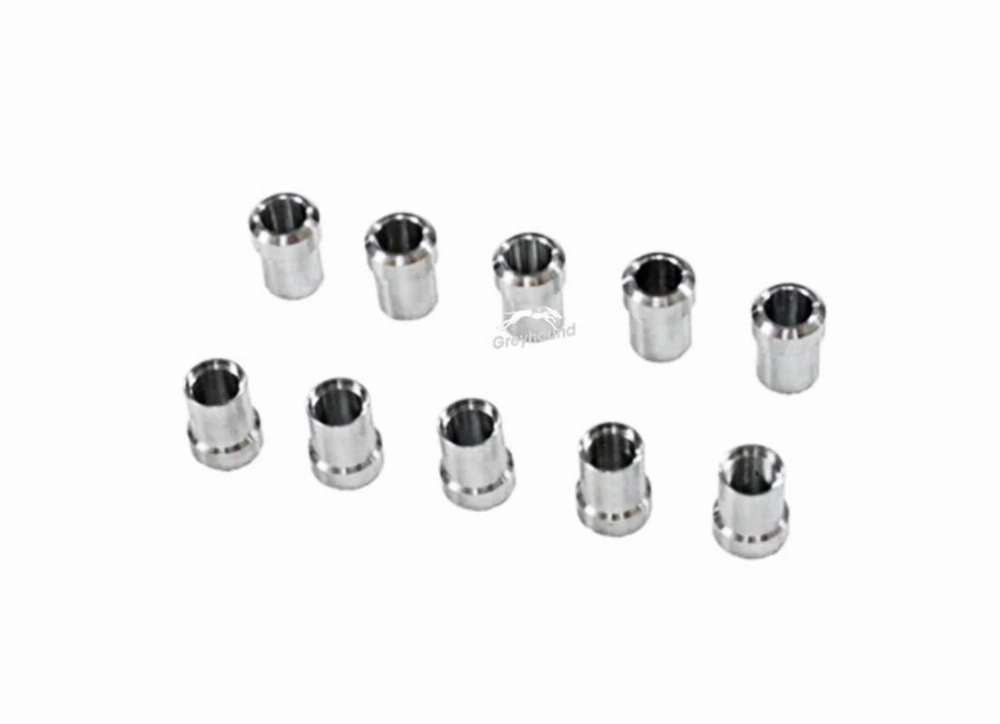Need help? Write to us info@hqlifting.com
- Charging Accessories
- Lifting accessories
- Steel Cable
- Beam cart
- Turnstile for load securing
- Load Ratchet Strap
- Lifting current
- Chain for Load Lifting
- Lifting equipment
- Slings
- Steel Cable Tensioner
- Polyester slingshot
- Load binders
- STEEL HOOK
- Steel Cable Clamp
- Electric winch
- Permanent magnets
- Steel Cable Clamp
- moitão
- Carabiners
- Screw With Eyelet
- Lifting Clamp
- Talha Manual
- Uncategorized
Call our consultants or chat online
+86 151 4514 5178
how to install an electric winch
✅ To install an electric winch, it is necessary to plan well and follow regulations. First, it is essential to analyze the structure of the location. Check if it can support the winch's load, which must be at least 1.5 times greater.
The winch mount must be made of SAE 1020 or ASTM A36 steel. This ensures that it is securely attached to the main structure.
To make the support, it is important to follow some specifications. The base must be properly sized and fixed with ISO 4017 screws. Before assembling, think carefully about where you will place the winch to avoid problems.
The electrical installation of the winch is also crucial. It is necessary to use specific circuits with thermal circuit breakers of 25A to 35A, according to NBR 5410.
To complete, install the reversing pulley and the rotary column according to the technical diagrams. The price of the rotary column may vary, so it is good to compare models with the ABNT NBR 16.230 seal. The final process includes load testing and validation by a responsible engineer.
Preparation for Electric Winch Installation
Before starting to how to install electric winch, it is essential to prepare well. It is important to carefully analyze the mounting location. This ensures that the structure supports the maximum weight of the winch. ✅
Location Choice and Structural Analysis
To choose the location, consider:
- Check if the beam or column can support the weight of the hoist. It must withstand at least 150% of the maximum weight of the hoist;
- Leave a space of 50 cm between the fixture and fixed elements;
- Maintain 30 cm between the fastening points to avoid deformations;
NR-12 and NBR 16513 They ask that an engineer check everything beforehand. Check for obstacles that could interfere with the movement of the winch. In industrial locations, leave an extra space of 10% from the maximum travel of the winch. If there are doubts, request reinforcements according to ABNT standards.
The professional must record all measurements and create a technical report. Errors at this stage can compromise final safety. ⚠️
Manufacturing and Installation of the Support for Electric Winch
To make a support for an electric winch, it is necessary to follow strict technical rules. Each step is based on international standards. This includes everything from stress calculation to the final fastening.
The use of certified steel helps prevent serious problems during lifting. This ensures the safety of the equipment.
Materials and Technical Dimensions
✅ Basic Specifications:
- Structural material: ASTM A36 steel or higher. The minimum thickness is 150% of the nominal load. For example, for 500kg, a 10mm plate is used.
- Fastenings: Stainless steel Class 8.8 screws and trapezoidal washers. The tightening torque follows the manufacturer's table.
- Anti-corrosion treatment: SA 2½ blasting followed by epoxy painting. This protects areas exposed to moisture.

- Safety factor calculation ≥5:1. This takes into account dynamic and static loads.
- V-groove welds with visual inspection and penetrography when necessary.
- Geometric alignment ±1mm. This ensures assembly accuracy.
Before starting, read the manufacturer's manual. Follow the HQLifting preventive maintenance guide. Tools like an angle grinder and weld thickness gauge are crucial. Manufacturing errors can cause serious problems. Always check with a responsible engineer.
Electrical Installation of the Winch

✅ A winch electrical installation It is very important. It must be done carefully to avoid electrical hazards. It is essential to follow the proper standards and steps:
- Cable sizing: According to NBR 5410, choose conductors with minimum cross-section. For example, 4 mm² for up to 2.2kW at 50 meters.
- Overcurrent protection: Use 125% thermal magnetic circuit breakers with the motor's rated current. For example, 32A for 25A motors.
- Grounding system: The maximum resistance must be 10 ohms at the grounding terminal. Use copper cables with green-yellow insulation.
| Item | Single-phase (220V) | Three-phase (380V) |
|---|---|---|
| Control panel button | AC1 Contactor with reinforced insulation | AC3 Contactors with IP65 rating |
| DR (differential-residual) | 30mA/50mA with activation time ≤30ms | 30mA with protection against reversed phases |
⚠️ Critical procedures:
- Turn off the main power and use blockers according to NR-10
- Check the rated voltage before connecting the motor (variation ±10% of the operating voltage)
- Perform emergency tests with emergency stop button (ESB) and limit sensors
Professionals must focus on winch electrical installation with attention. The table below shows the important requirements:
| Item | Requisito Técnico |
|---|---|
| Voltage drop | ≤2% in the power circuit |
| IP Rating | Minimum IP55 for external components |
Following these guidelines ensures compliance with ABNT standards and safety. Use quality equipment, such as winches ISO 9001 certificates, reduces the risks of electrical failures.
Installation of Complementary Components
Integrating reversing pulleys and rotary columns greatly improves the efficiency of electric winches. For how to install a reversing pulley on the electric winch, it is necessary to follow specific technical steps:
- ✅ Check dimensional compatibility: pulley diameter ≥20x the cable diameter;
- Position the pulley at an angle ≤45° to minimize lateral forces;
- Fix with ASTM A325 grade 8.8 screws and torque according to the manufacturer's specification table.
| Component | Technical Specification |
|---|---|
| Inverter Fields | SAE 1045 carbon steel, thermomechanical treatment and epoxy coating |
| Rotary Column | SKF 2RS1 Bearings, rotation capacity ±180° and lip seals |
O swivel column price for electric winch change with the load capacity:
- 250 kg: R$2.800 – R$3.500;
- 500 kg: R$4.200 – R$5.800;
- 1.000 kg: R$7.500 – R$10.200.
To last longer, lubricate the bearings every six months. It is also important to inspect the welds according to the ABNT NBR 16.217 standard. Incorrect installation can cause material fatigue, affecting OSHA 1910.179 certification.
Installation Testing and Validation
After finishing the how to install electric winch, it is essential to perform technical validation. This ensures that the installation follows safety standards. The final commissioning is crucial to avoid risks and ensure proper operation.
Commissioning and Safety Certification
✅ Load tests: Start with 25% of the nominal capacity. Then, gradually increase to 125%. Maintain the static load of 100% for 10 minutes, observing structural deformations. The dynamic test checks movement under controlled overload.
- Course limiters: Check operation at maximum and minimum positions;
- Emergency stop: The response time must be less than 1 second;
- Engine temperature: Do not exceed 70°C after 30 minutes of continuous use.
It is important to pay attention to critical specifications. For example, the tightening torque must be between 80-120 N.m for M16 bolts. Structural deflection cannot exceed 1/500 of the span. The documentation must include:
- Technical Responsibility Annotation (ART);
- Commissioning report with photos;
- Load capacity certification according to NR-12.
The final process of how to install electric winch It only ends with a technical report signed by an engineer. The certification ensures safe operation and prevents legal issues. Always compare the results with the manufacturer's specifications. Keep digitized records for audits.
Share:

June Han /founder and designer
The co-founder of Hqlifting, sales director, amateur writer about fitness business

